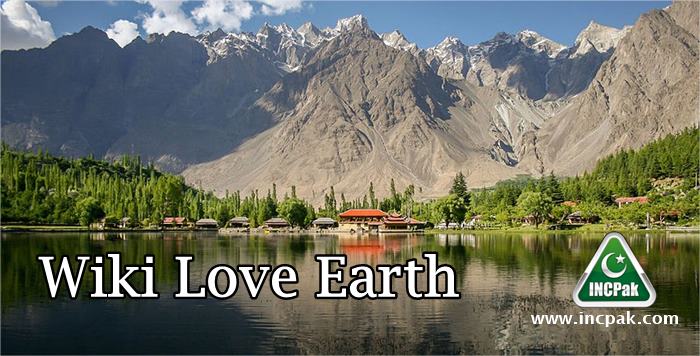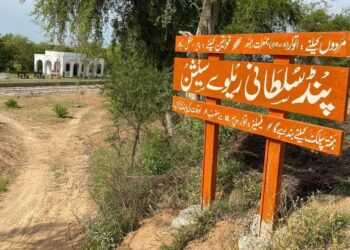Wiki Loves Earth – A competition where participants take photographs of protected natural areas and upload their photos to Wikimedia Commons, was held internationally for the second time in 2015 with 26 countries. The contest is over, and we are now able to present the international winners.
The goal of Wiki Loves Earth is two-fold. First, we aim to photograph as many natural monuments and protected areas as possible and release the imagery under a free license. Second, we contribute to environmental protection by raising public awareness.
The idea of Wiki Loves Earth began in Ukraine in 2013. In 2014, Wiki Loves Earth was joined by 15 other countries from four different continents—Europe, Asia, Africa and America.
During 2015, over 100,000 pictures were submitted by the participants.
Wiki Loves Earth was organised through numerous national contests, coordinated by local volunteers. The national juries then submitted up to 10 pictures to the international stage of the contest. With 26 participating countries, the international jury had to consider a total of 259 candidate pictures. The jury selected and ranked the photos in several stages by means of a dedicated web tool.
The international jury was composed of 9 photographers from different countries, all experienced in nature photography: Dmytro Balkhovitin (Ukraine), Matthew Buck (Great Britain), Dietmar Bartz (Germany), Walaa Abdel Manaem (Egypt), Alex Wang (USA), Katerina Zareva-Simeonova (Bulgaria), Zeynel Cebeci (Turkey), Susanne Plank (Austria) and Yathin Krishnappa (India).
After careful evaluation jury members have selected the following images, in addition to the winning image above.
Positions
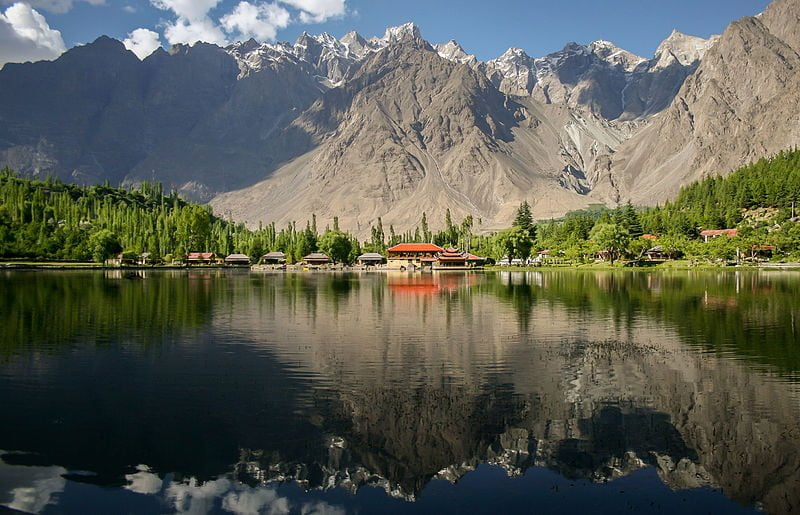
First position – 2015 winner comes from Lower Kachura Lake, a popular tourist destination in Central Karakoram National Park, Skardu, Pakistan. — Image by Zaeem Siddiq
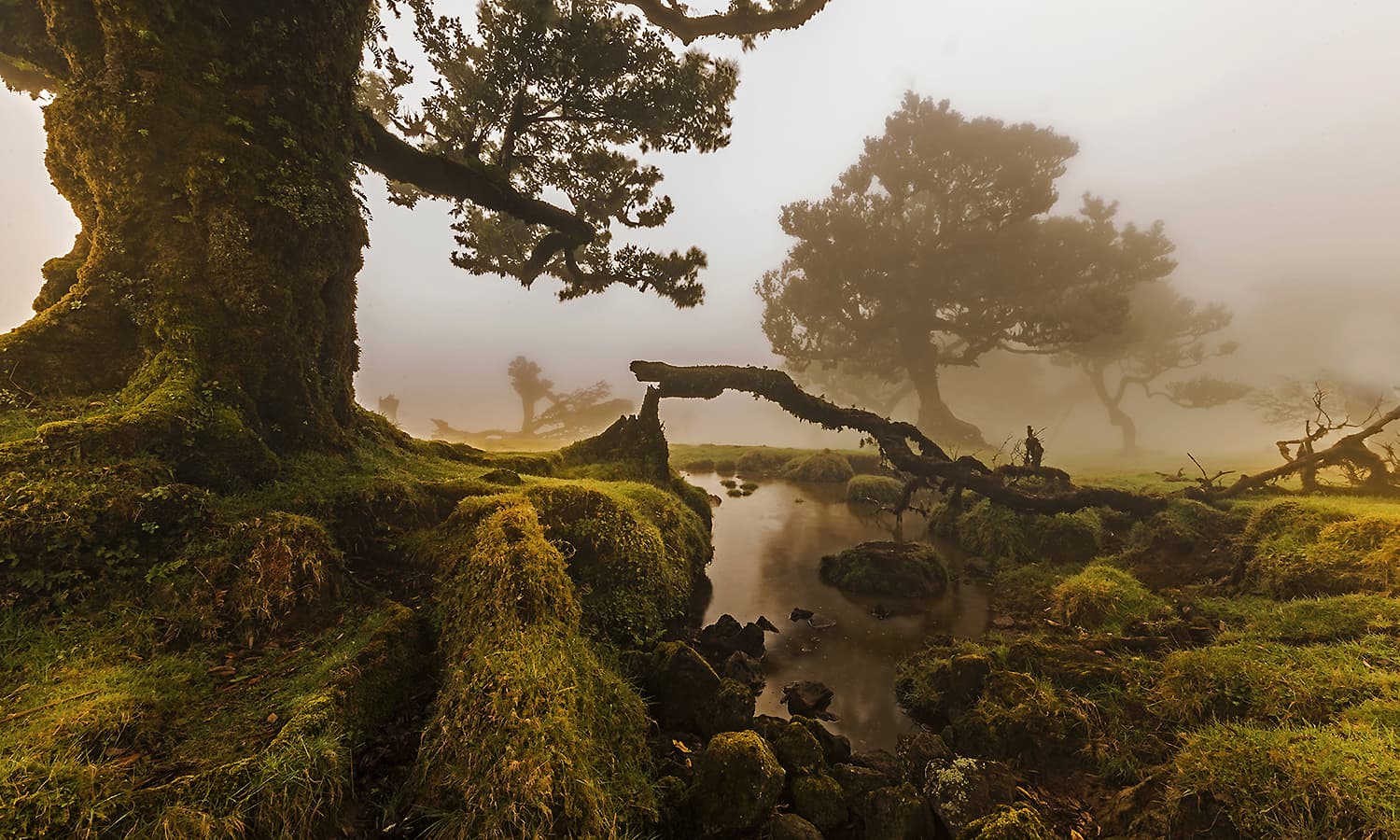
Second Position : a view of the Laurisilva (laurel forest) of Madeira, Portugal. — Photo by Jnvalves
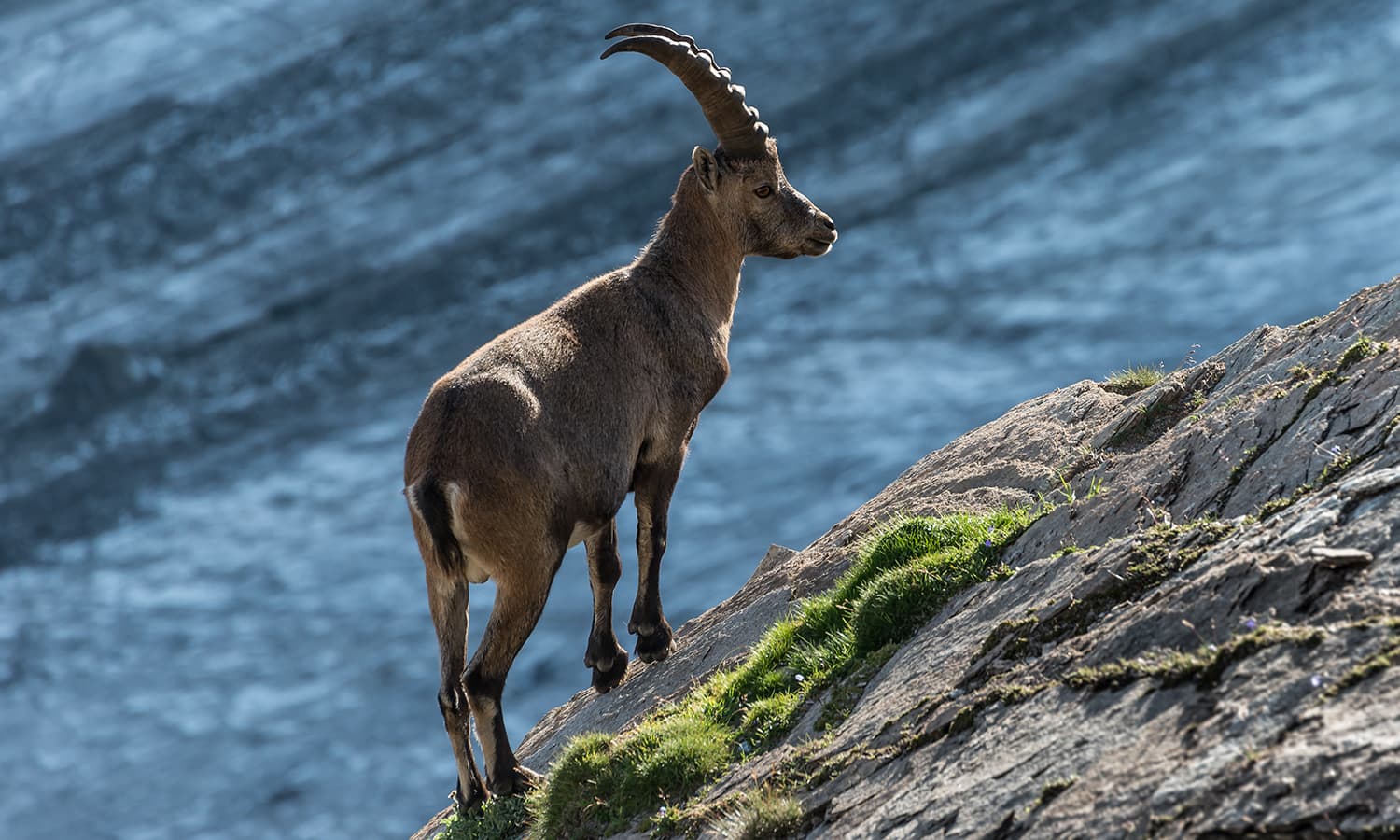
- Third Position – the Alpine ibex (Capra ibex), or Steinbock, in an Austrian national park in the Hohe Tauern mountain range. —Photo by Bernd Thaller
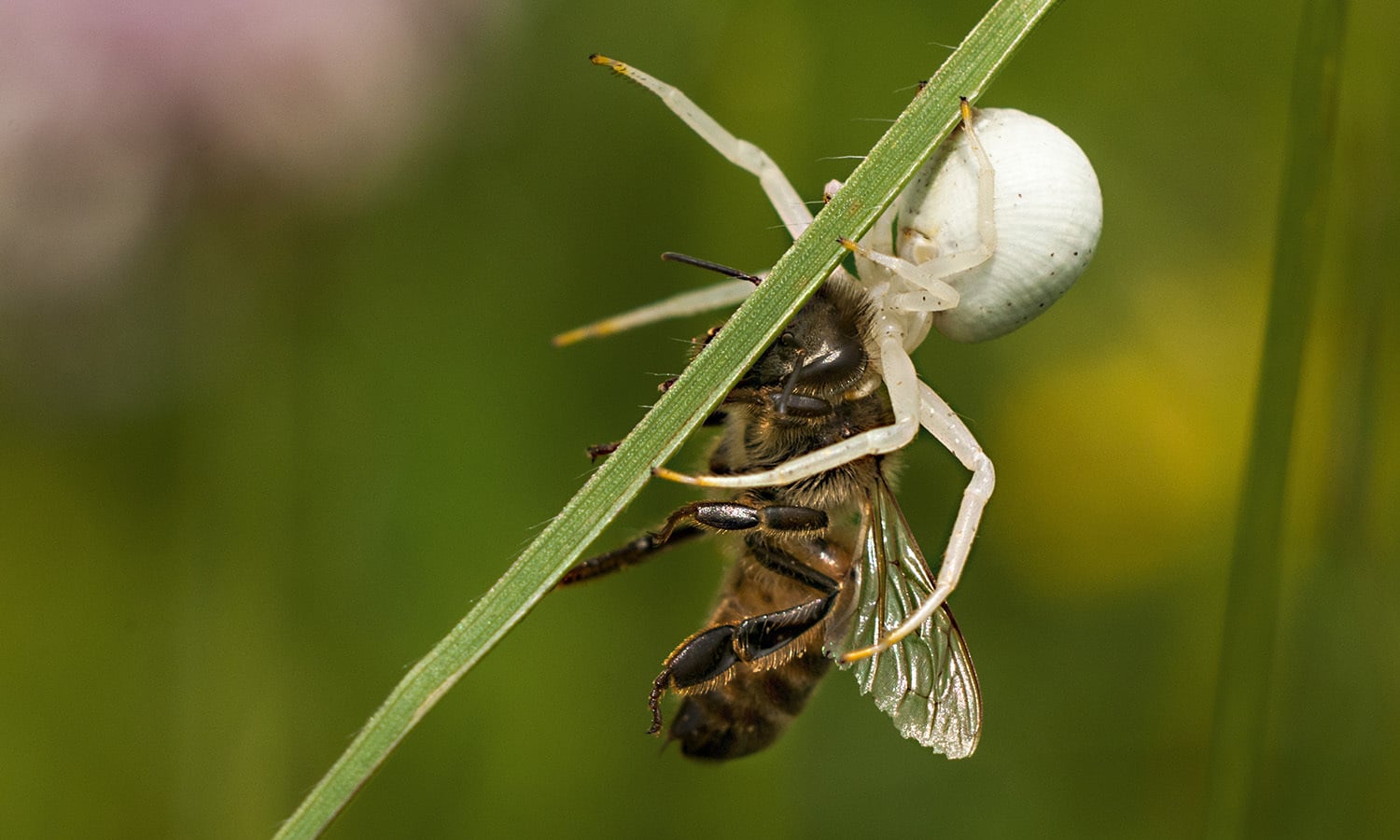
Fourth position – A spider (Misumena vatia) with a freshly killed bee in the Bratental nature reserve, near Göttingen, Lower Saxony, Germany. — Photo by Suhaknoke
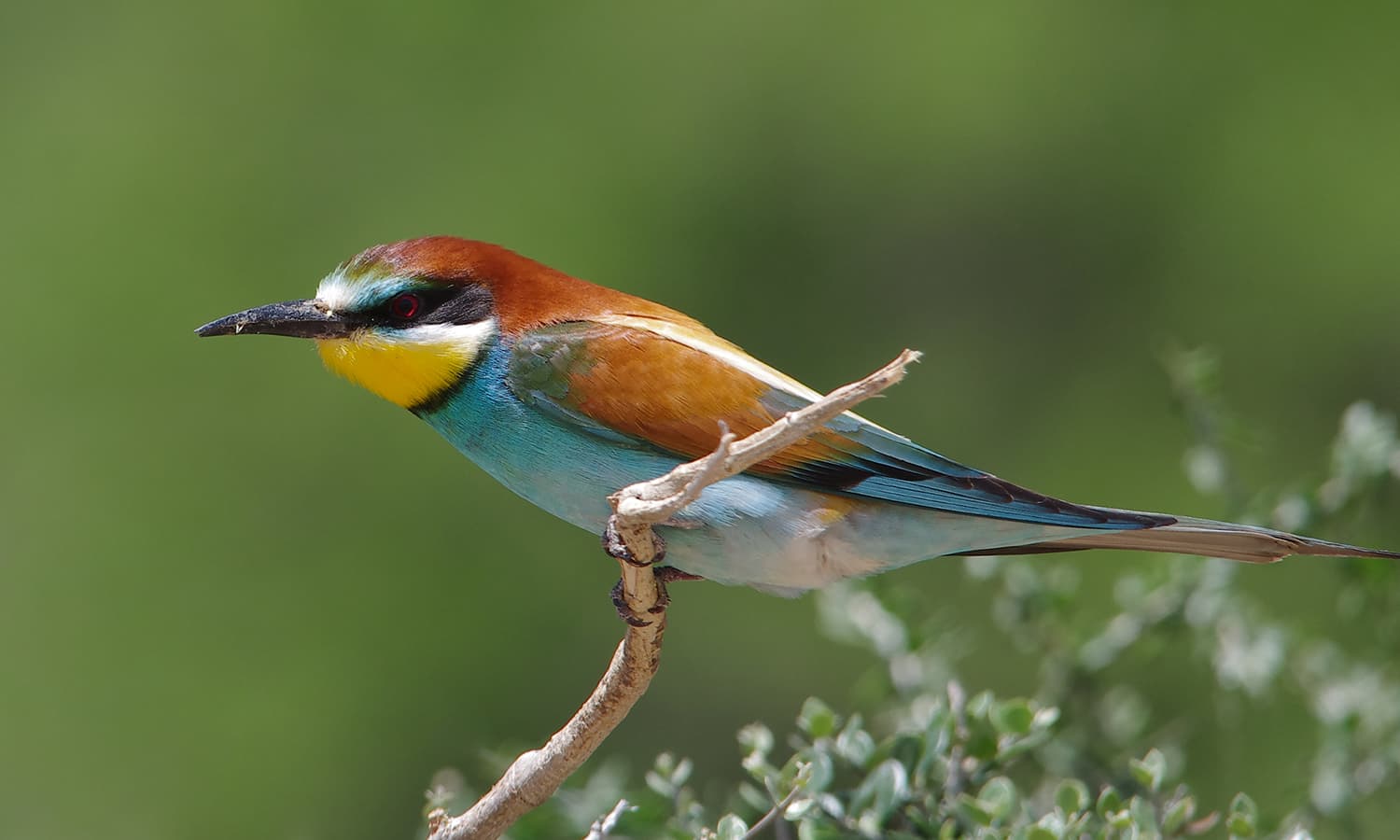
Fifth position – A European bee-eater (Merops apiaster) in Ichkeul National Park, Tunisia. — Photo by Elgollimoh
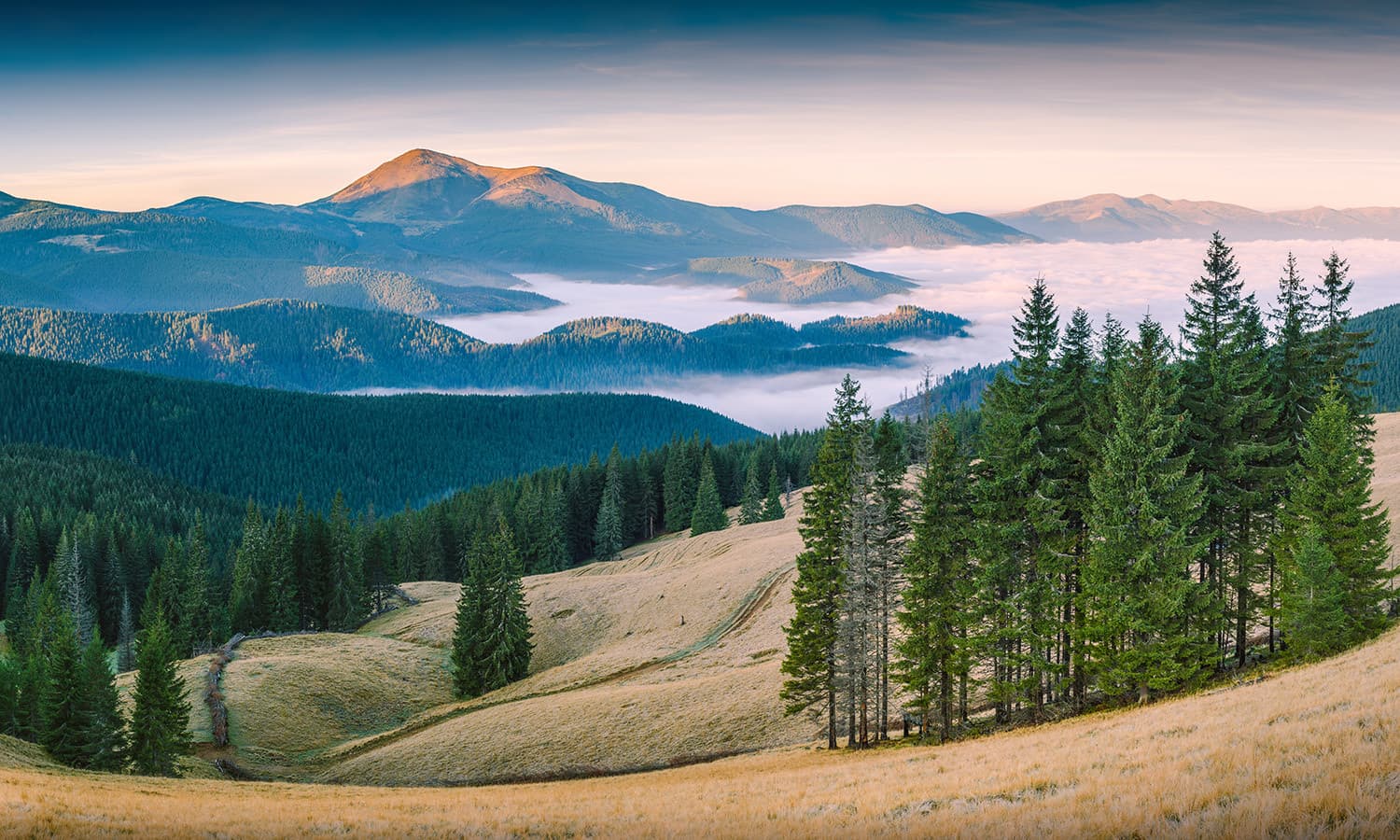
Sixth position – Carpathian Biosphere Reserve, Zakarpattia Oblast, Ukraine. — Photo by Vian and retouched by Iifar
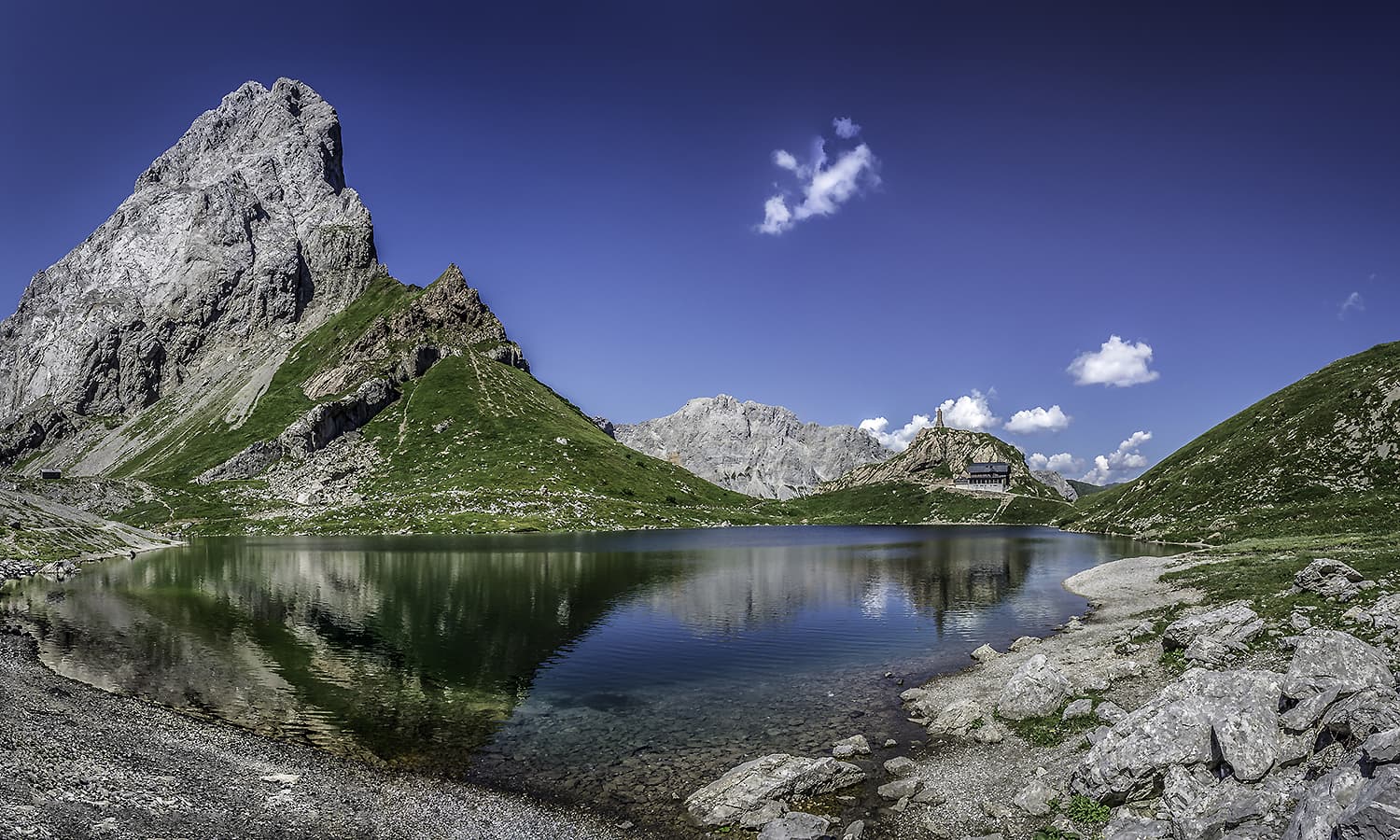
Seventh position – Wolayer See and surrounding area, Carinthia, Austria. — Photo by Gerald Köstl
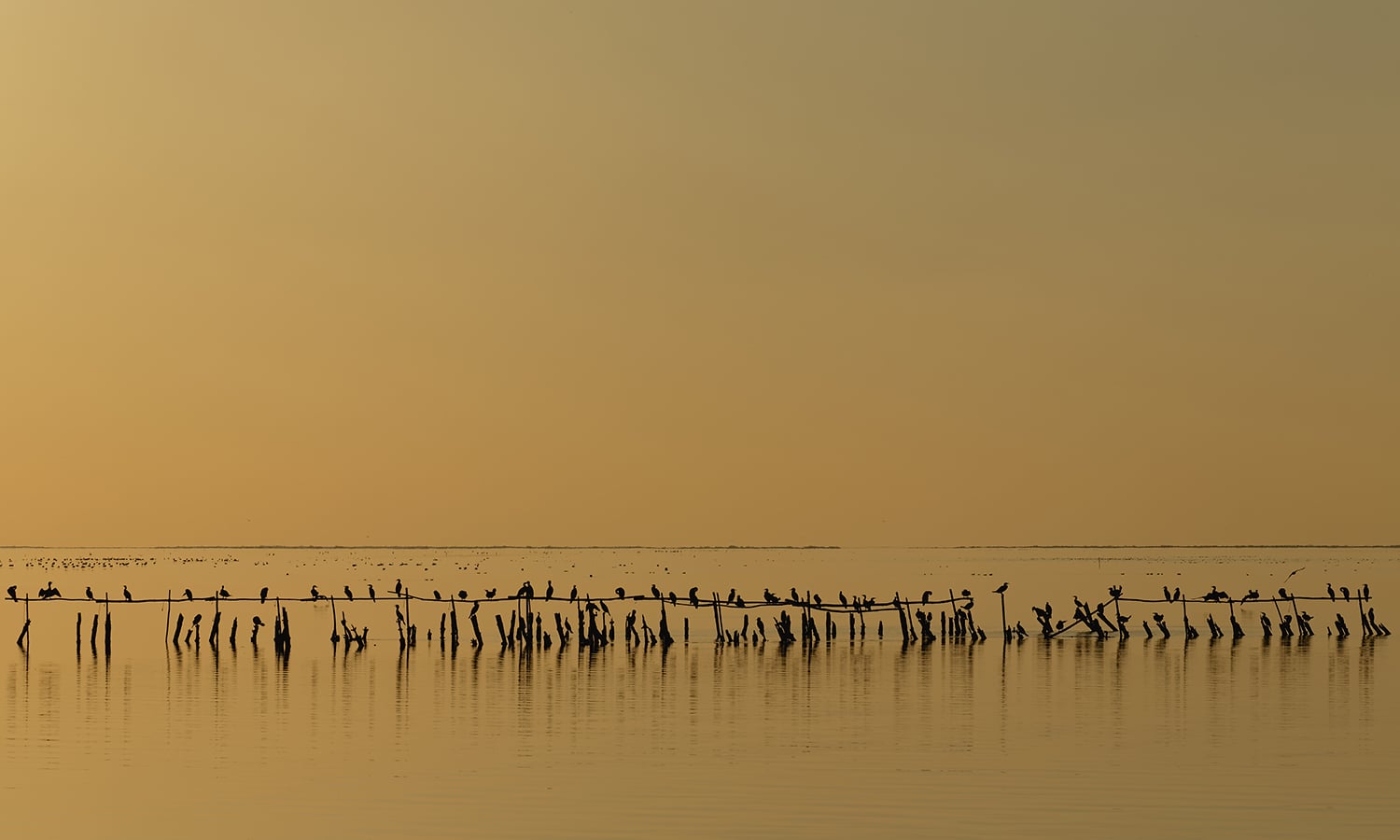
Eight position – cormorants at dusk on the pond of Vaccarès, France. — Photo by Ddeveze,
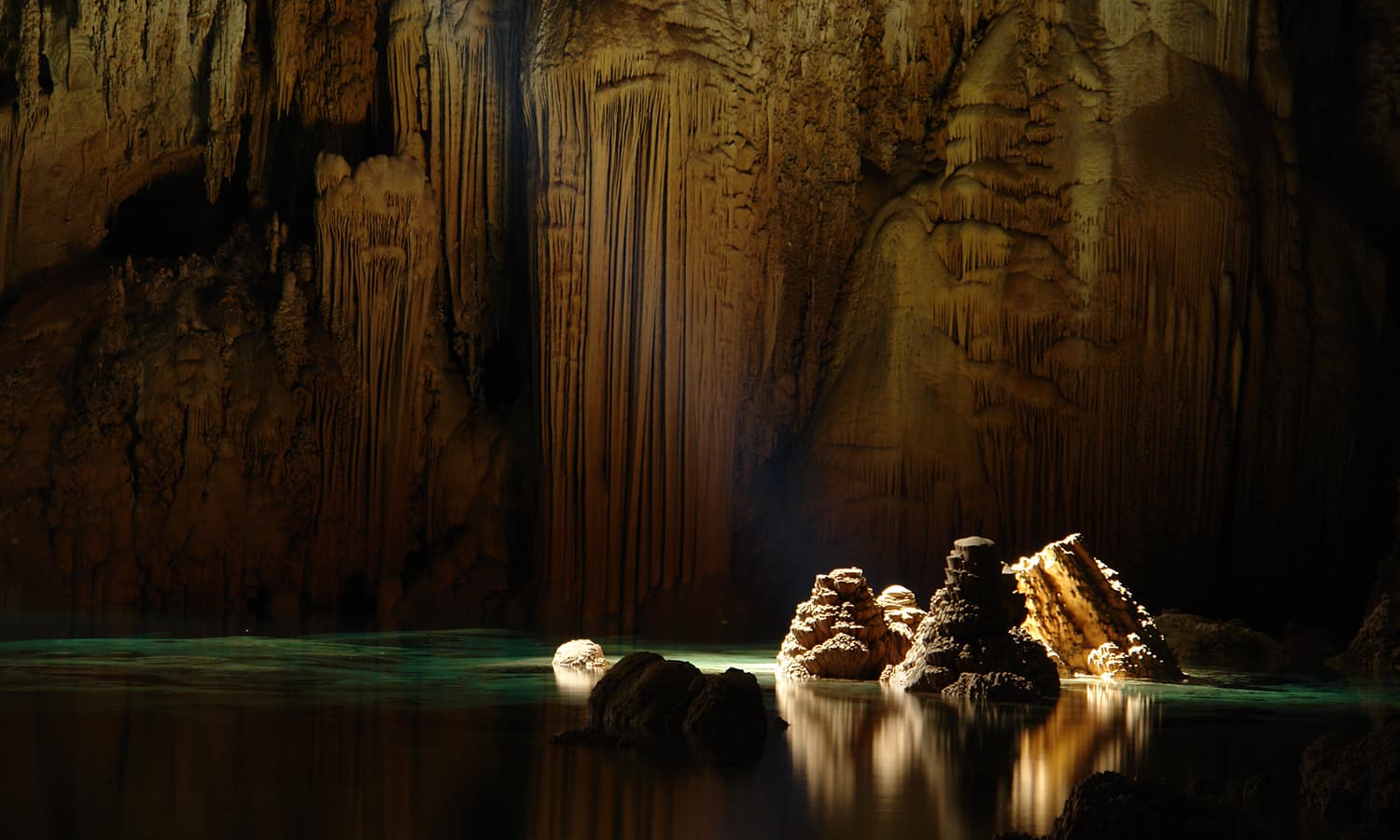
Ninth position – limestone stalagmites inside the Anhumas Abyss, Brasil. — Photo by Caio Vilela
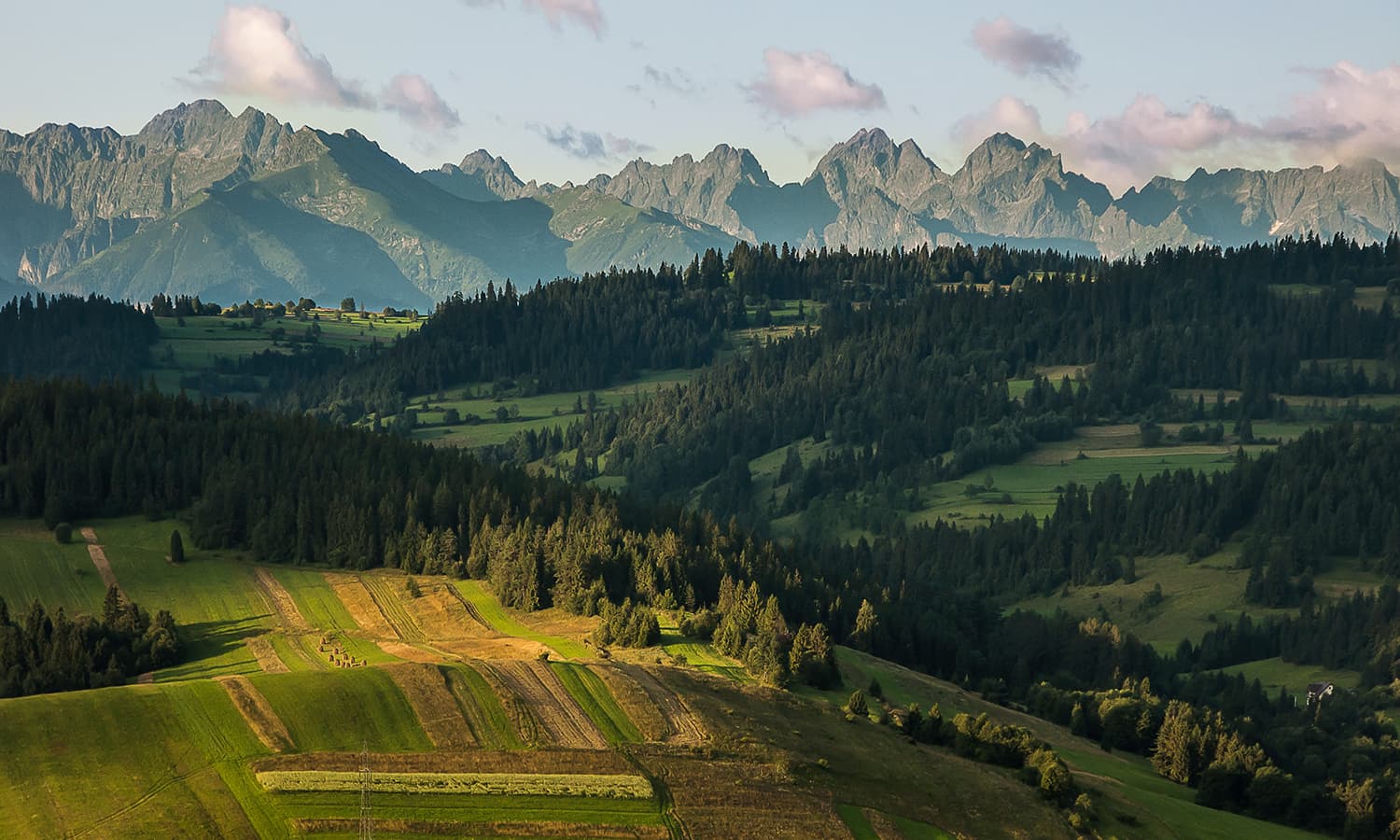
Tenth position – High Tatras as seen from the Polish Spisz, Tatry Natura 2000 Special Area of Conservation, Lesser Poland Voivodeship, Poland. — Photo by Łukasz Śmigasiewicz
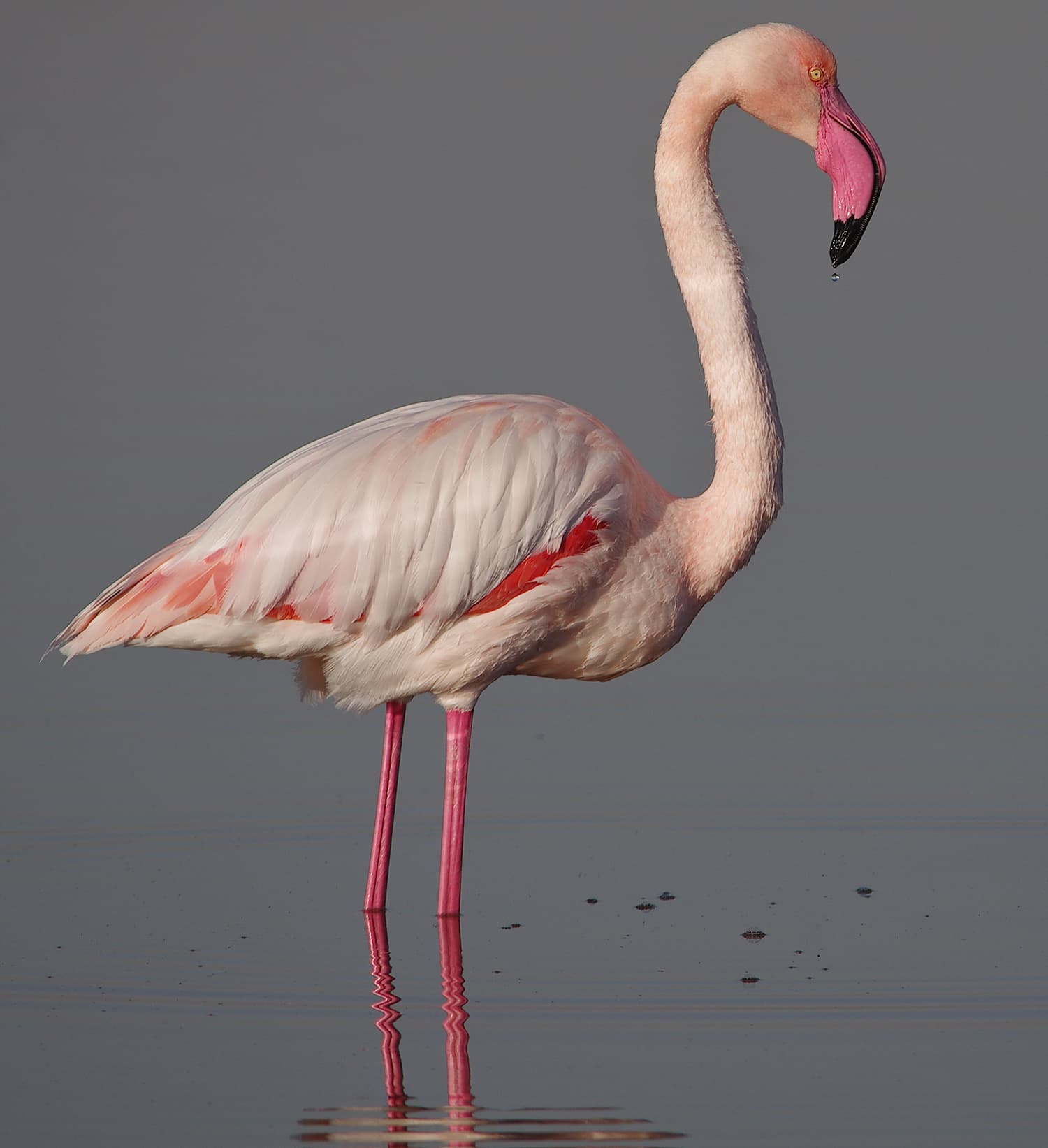
Eleventh position – Greater flamingo (Phoenicopterus roseus), Salines de Thyna Ramsar site, Tunisia. — Photo by Elgollimoh
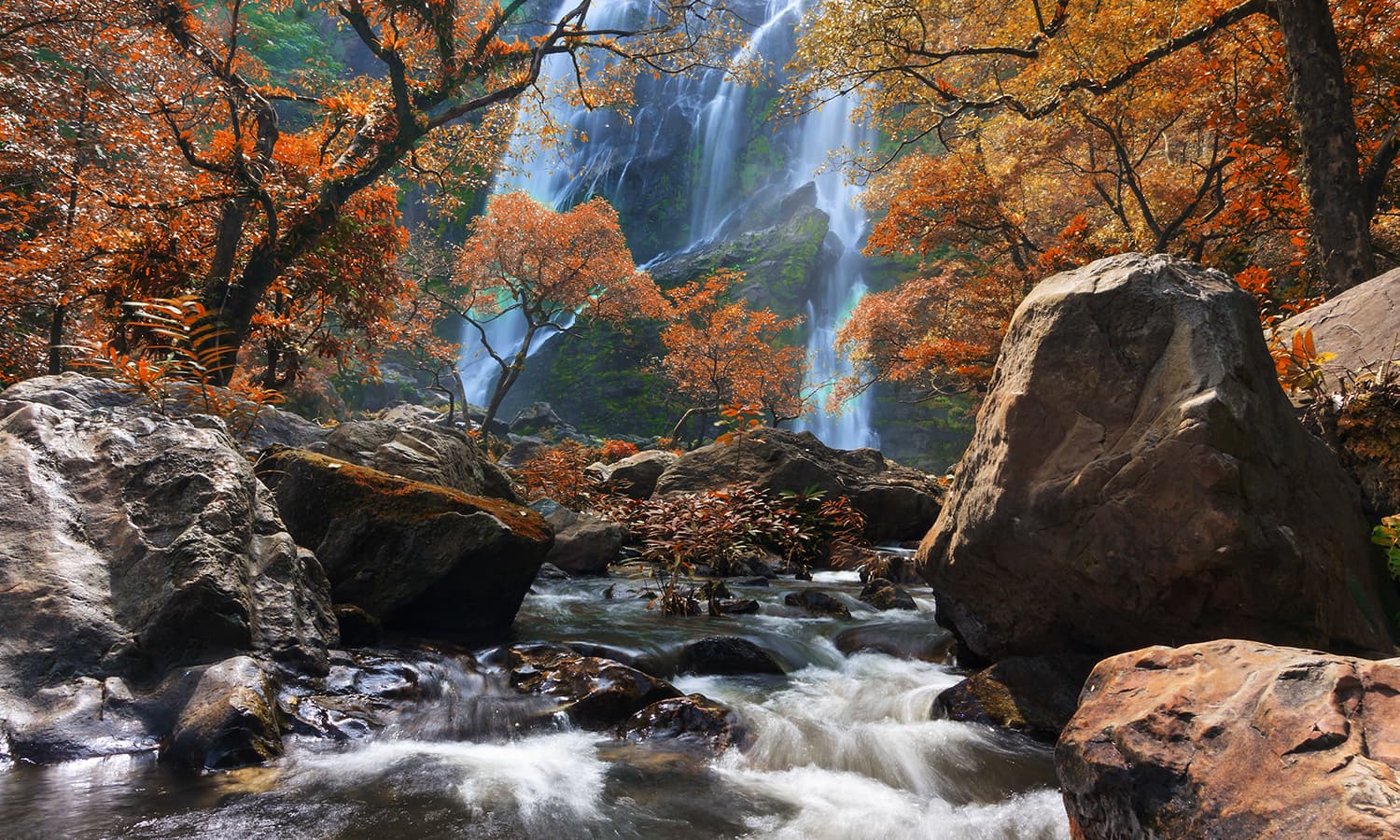
Twelfth position – Khlong Lan Waterfall, Khlong Lan National Park, Kamphaeng Phet Province, Thailand. — Photo by Khunkay
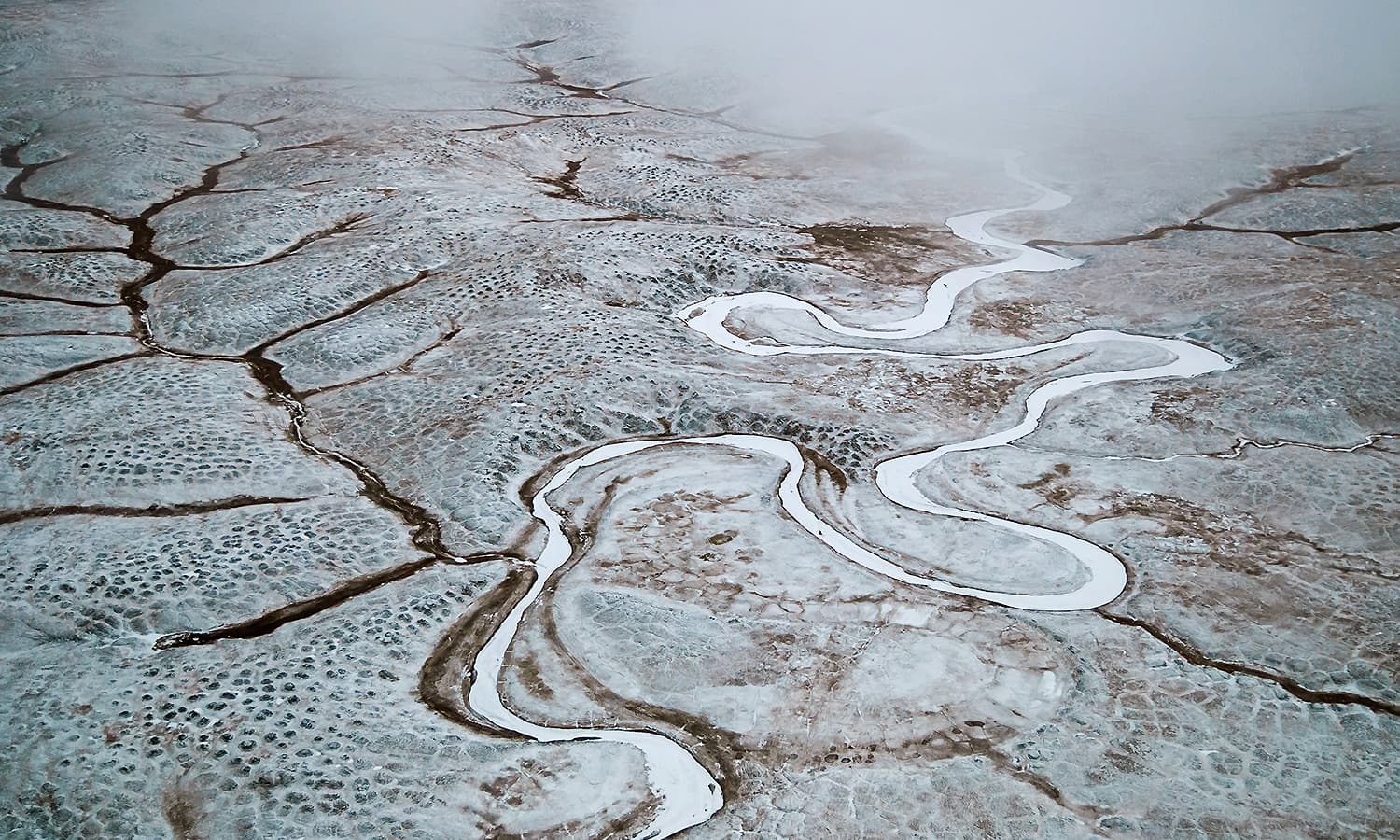
Thirteenth position – the Malakatyn River at Bolshoy Lyakhovsky Island, part of the Lena Delta Wildlife Reserve, Sakha, Russia. — Photo by Boris Solovyev
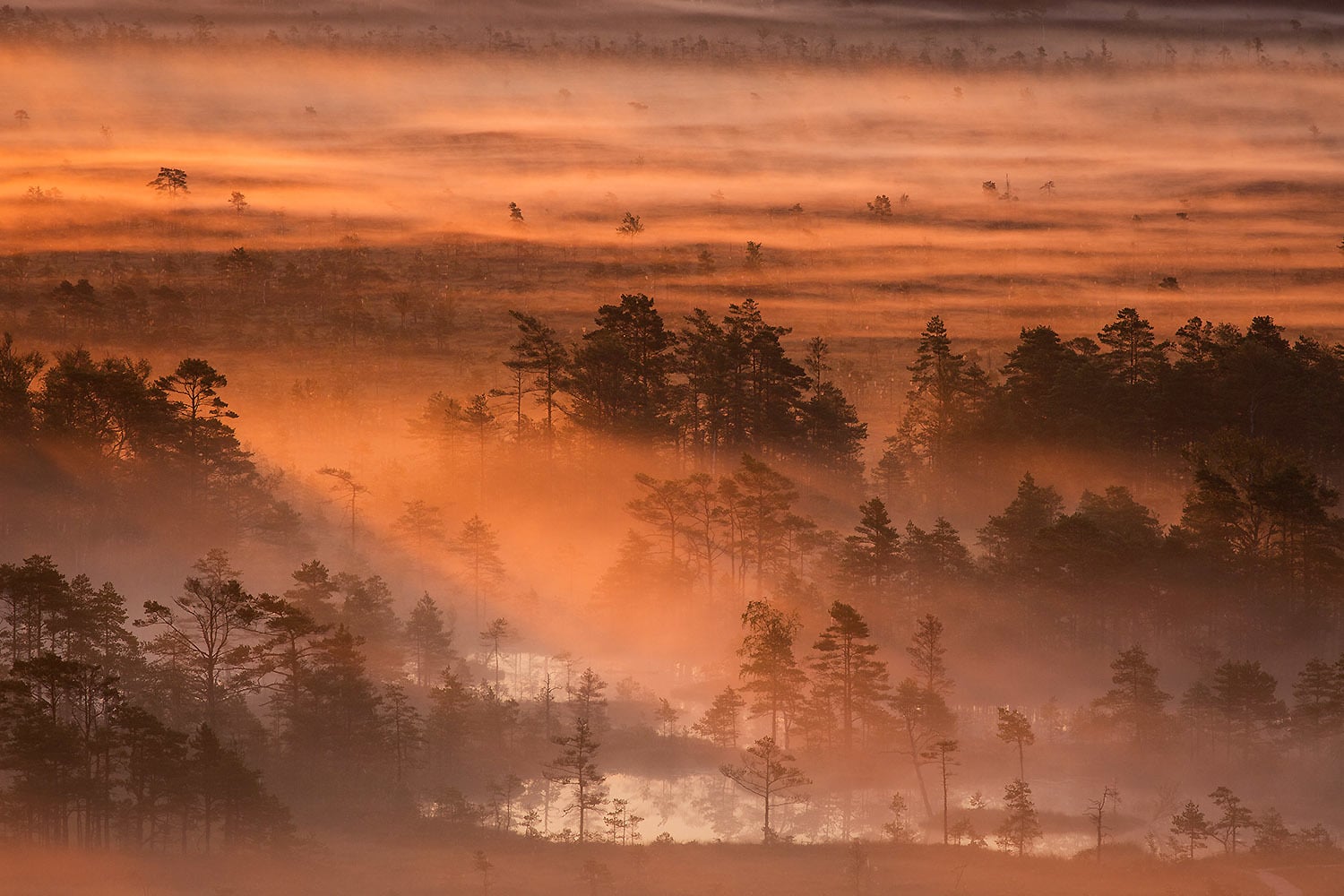
Fourteenth position – Morning in Tolkuse bog, Luitemaa Nature Conservation Area, Pärnu County, Estonia. — Photo by Märt Kose
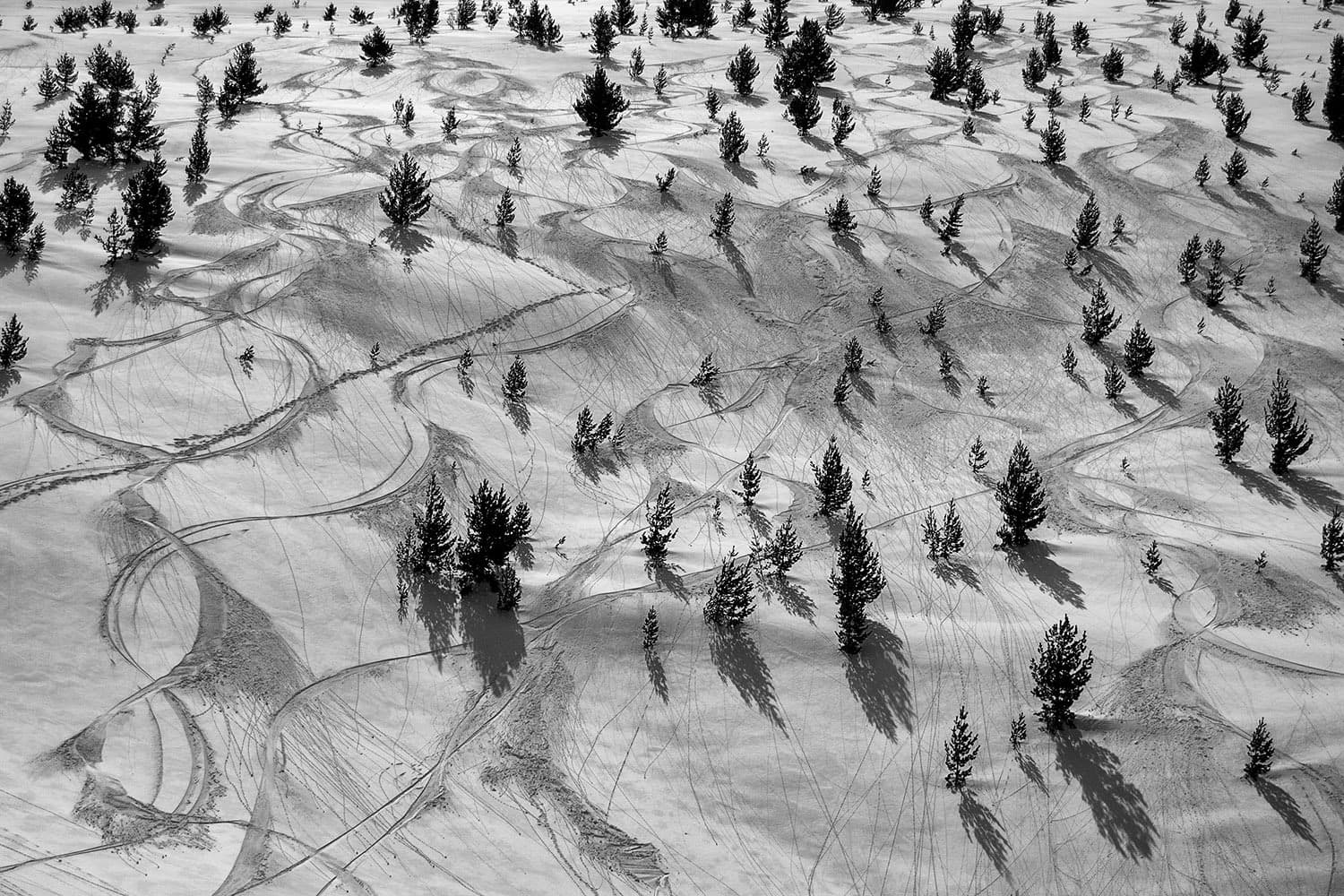
Fifteenth position – Lines left after skiing on the snowy slopes of Baba Mountain, Pelister National Park, Macedonia. — Photo by Ptahhotep
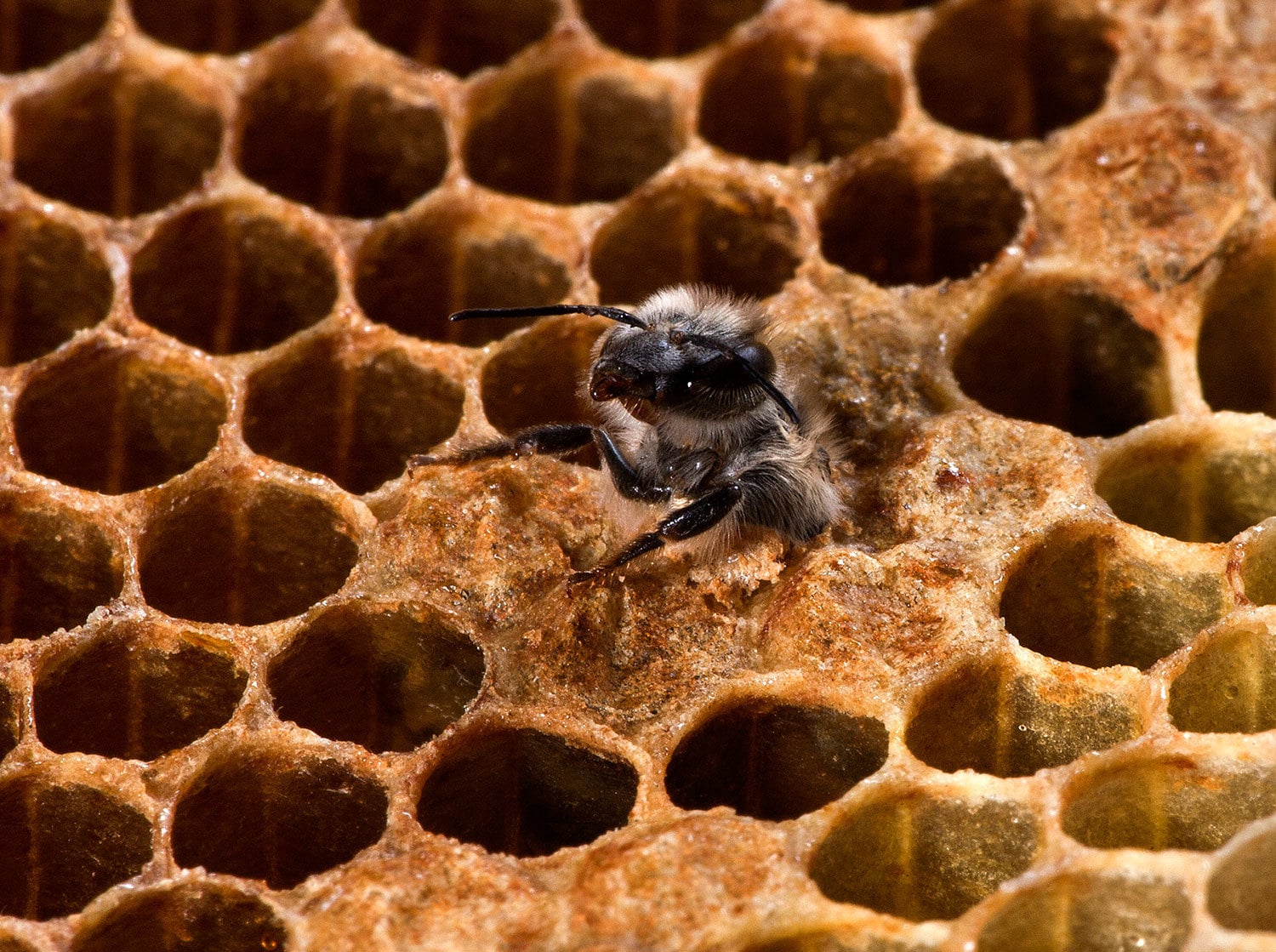
Special nomination: Apis Mellifera drone—moment at birth, Ribeirão Preto, Brasil. This image received a high rating from the jurors, but as it was not taken in a protected area, it was not eligible for an award. — Photo by Jonathan Wilkins
By : Shakeeb Aftab
Special Thanks to Muhammad Duad Moshin


